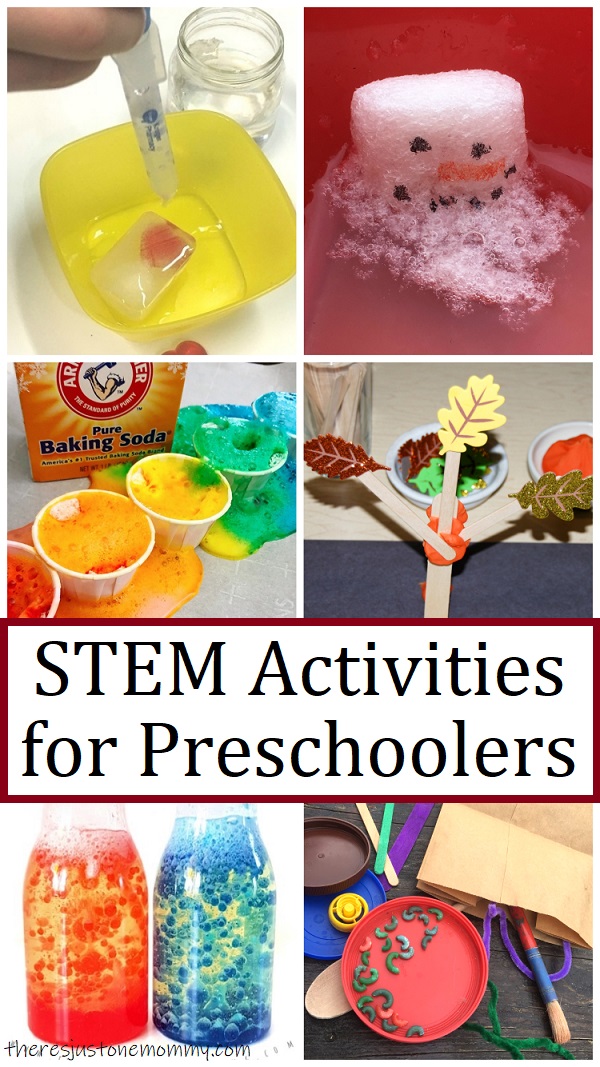STEM activities for kids have gained significant popularity in recent years as parents and educators recognize the importance of fostering skills in science, technology, engineering, and mathematics at an early age. These activities not only help children develop critical thinking and problem-solving skills but also spark curiosity and creativity. In this case study, we will explore various STEM activities that can be easily implemented at home or in a classroom setting to engage children in hands-on learning experiences.
1. Building Structures with Legos:
One of the most popular STEM activities for kids involves building structures using Legos or other building blocks. Children can follow instructions to build specific models or use their imagination to create unique designs. This activity helps them understand basic engineering principles such as stability, balance, and symmetry. Additionally, it encourages teamwork and collaboration if done in a group setting.
2. Coding with Scratch:
Introducing children to coding at a young age can help them develop computational thinking skills. Scratch is a visual programming language designed specifically for kids that allows them to create interactive stories, games, and animations. By experimenting with code blocks and seeing immediate results on the screen, children learn about sequencing, loops, variables, and conditional statements.
3. Conducting Science Experiments:
Hands-on science experiments are a fun way for kids to explore scientific concepts such as chemical reactions, forces of nature, and properties of matter. Simple experiments like making slime, creating homemade volcanoes using baking soda and vinegar, or observing plant growth can ignite a passion for science in young minds. Encouraging children to ask questions, make predictions, and analyze results promotes scientific inquiry skills.
4. Designing Rube Goldberg Machines:
Rube Goldberg machines are elaborate contraptions designed to perform simple tasks through a series of complex chain reactions. Kids can let their creativity run wild by brainstorming different components like ramps, pulleys, levers, balls,and dominos to create a chain reaction machine that ultimately accomplishes a specific goal like turning off a light switch or popping a balloon.
5.Building Solar-Powered Cars:
Integrating sustainable energy concepts into STEM activities exposes children to real-world applications of science and technology while promoting environmental awareness.Children can construct small solar-powered cars using kits readily available online or at local stores.By experimenting with different designs,solar panels,and motors,kids learn how sunlight is converted into electrical energy,gaining insights into renewable energy sources.
6.Exploring Robotics with Dash&Dot:Dash&Dot robots offer an engaging way for kids to delve into robotics,promoting both technological literacyand computational thinking.These programmable robots allow kids todirectly control movements,lights,sounds,and sensorsusing block-based coding languagesuchas Blocklyor Wonder.Working with Dash&Dotencourages problem-solving,collaboration,and creative thinkingwhile having fun navigating challengesand mazes set up by caregiversor teachers.
7.Creating 3D Models with Tinkercad:Tinkercad is afree online platformthat enables kidsto design 3D modelsusing drag-and-drop tools.Childrencan unleash their imaginationsby creating objects,ranging from simple shapes topersonalized inventions.Tinkercad enhances spatial reasoningand geometryskills while introducingkidsto the conceptof three-dimensional design.Additionally,kidscan bringtheir virtual creationsinto realityby 3D printingthem,makingthe learning experienceeven more impactful.
In conclusion,integrating STEMactivities intokids’learning experiencesis crucialfor nurturinga generationofinnovators,critical thinkers,and problem solvers.Throughengaging,hands-onactivitieslike buildingstructureswith Legos,codingwithScratchconductingscienceexperimentsdesigningRube Goldbergmachinesbuilding solar-poweredcars exploringroboticswith Dash&Dotandcreating3D modelswith Tinkercadchildrencan developtechnicalskillscuriositycreativityandcollaborative abilities.Inspiringkidsat an earlyagetoexplorethe wondersofscience technologyengineeringandmathematicssetsafoundationfor lifelonglearningandinquiry.HelpingsupportSTEMeducationamongchildrennot onlyprepares themforfuturecareersbutalsoteachesvaluable lifeskills essentialformodernsociety’sadvancement.

Leave a comment